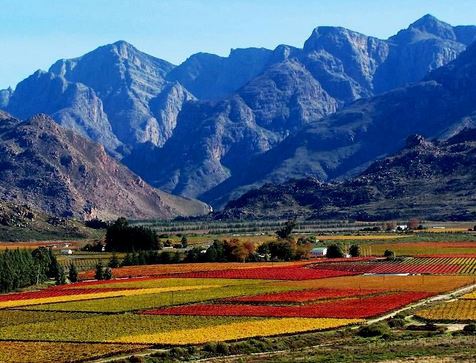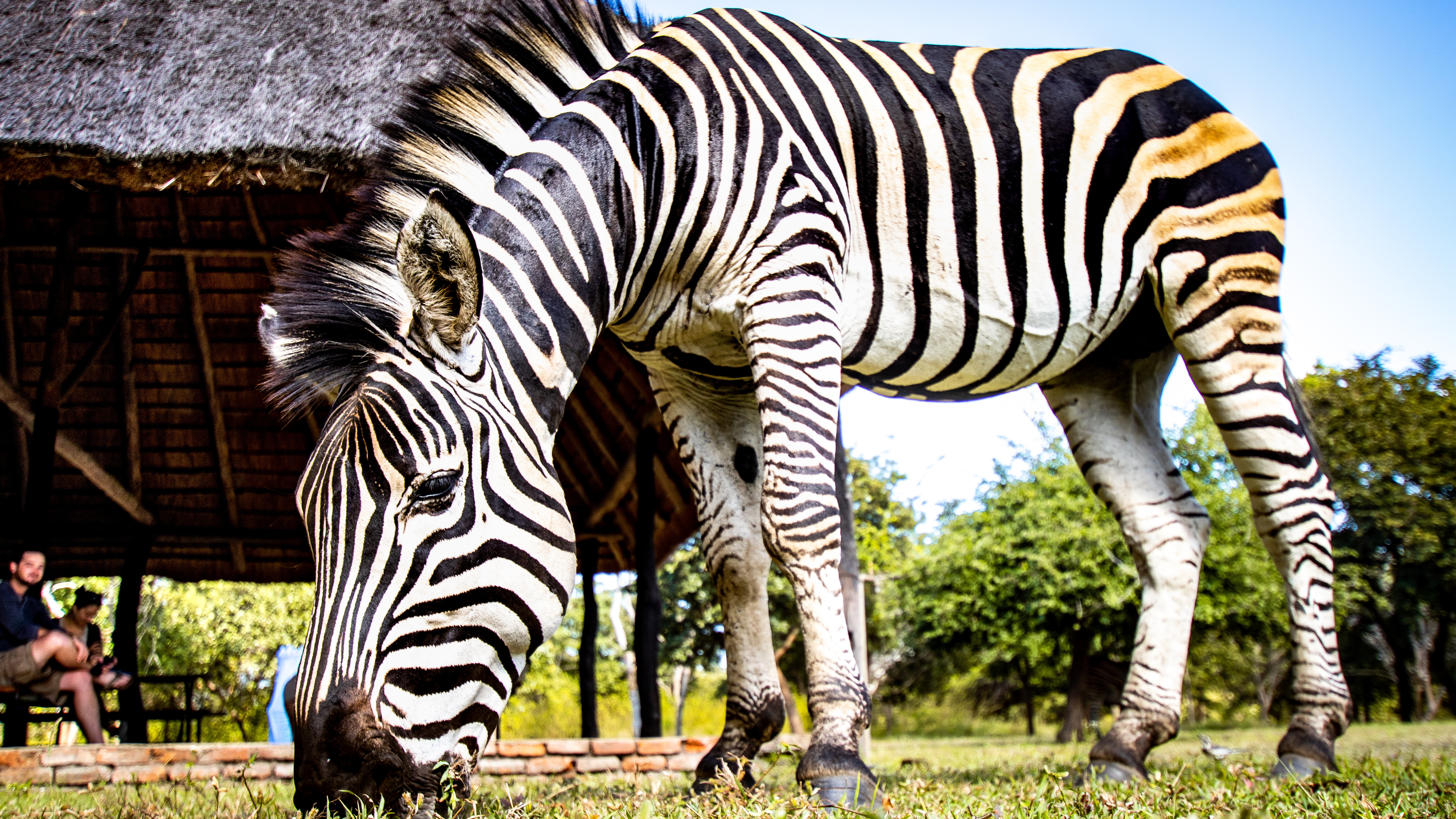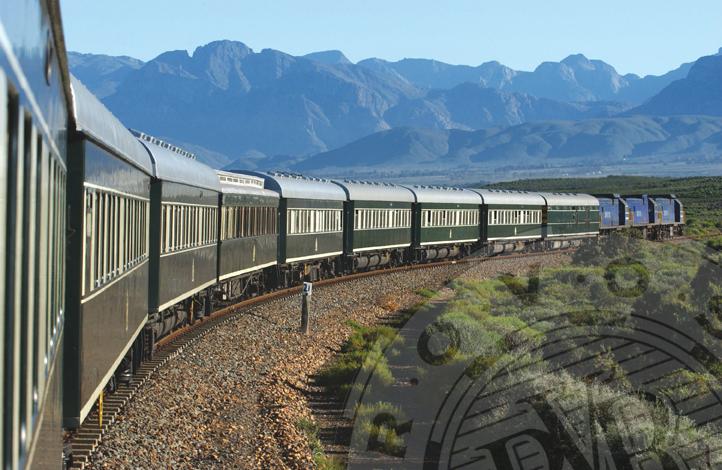Caprivi Strip
The Caprivi strip is a strange strip of land between the north of Botswana and the south of Angola and Zambia. The strip belongs to Namibia and is named after the German Leo of Caprivi who exchanged this piece of land for Zanzibar in 1890. Van Caprivi wanted to add this piece of land to Namibia because of the Zambezi, Kwando, Linyati and Chobe rivers that flow there. Not only because the rest of Namibia is very dry and the water was very welcome, but also because the Germans wanted to expand their colony to the east over the entire width of the African continent. From August 2013, the Caprivi Strip was officially renamed Zambezi Region due to the sensitive history between Namibia and the German settlers.
Katima Mulilo is the largest place in this approximately 450 kilometer long strip of land and is a good base for trips to places of interest in neighboring countries such as the Victoria Falls on the border of Zambia and Zimbabwe or the Okavango Delta and the wild-rich Chobe National Park in Botswana. Although Katima is a tourist place, it is quieter than other places near these sights.
The Caprivi region is important for the migration of the larger game in this part of Africa, especially elephants migrate across this strip of land when they move between Botswana, Angola and Zambia. There are a number of game parks (not delimited by fences so the game can move freely in the region), of which Bwabwata National Park is the best known. Bwabwata (or Caprivi Game Park) has an area of 6274 square kilometers and apart from elephants, buffalos, lions, leopards, cheetahs, hyenas, hippos, crocodiles, zebras, blue wildebeests and many different types of antelopes and goats (including sable antelope, etc.) live there. sitatunga and tsessebe). Bird lovers will also enjoy themselves in the Caprivi Strip, the west of Bwabwata itself being called a bird area of international importance. Other game parks in this area are Mudumu National Park where two lodges are situated and Mamili National Park which has been renamed Nkasa Lupala National Park since 2012. Mamili is wetter than the other parks because it lies in the Linyati Swamps (swamp area), although it is a small park of only 350 square kilometers, it is counted among the most beautiful reserves in Namibia.
What is special is that there are small villages in the game parks where people from the Khwe San tribe, among others, live. The government of Namibia works with the residents on the conservation of parks and wildlife. In Bwabwata the locals earn money by running three campsites (Nllgoabaca, Nambwa and Bum Hill) and a small lodge.
A number of through roads in the Caprivi Strip run through Bwabwata and Mudumu and you should therefore keep your eyes open hoping to spot some wildlife. If you want to take the smaller paths that you enter deeper into the parks then you need a ‘permit’. There are local tour operators who offer game drives, bushwalks and boat trips or you can explore the parks yourself. Keep in mind that not all paths are well accessible, especially when it has rained a lot, it is advisable to drive in convoy and a 4×4 is necessary (most rain falls in January / February). You can go to Katima Mulilo (local tour operators and Ministry of Environment and Tourism) for tickets to enter the parks yourself, to book a game drive or to reserve accommodations within the parks. In addition to the lodges within the parks, there are also accommodations outside the parks. The fauna in the different parks is more or less the same since the animals can migrate freely in the area.
Add to my travel plans


